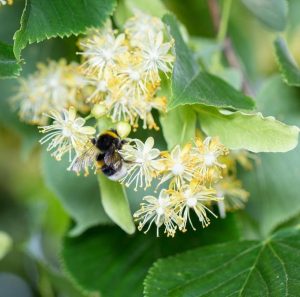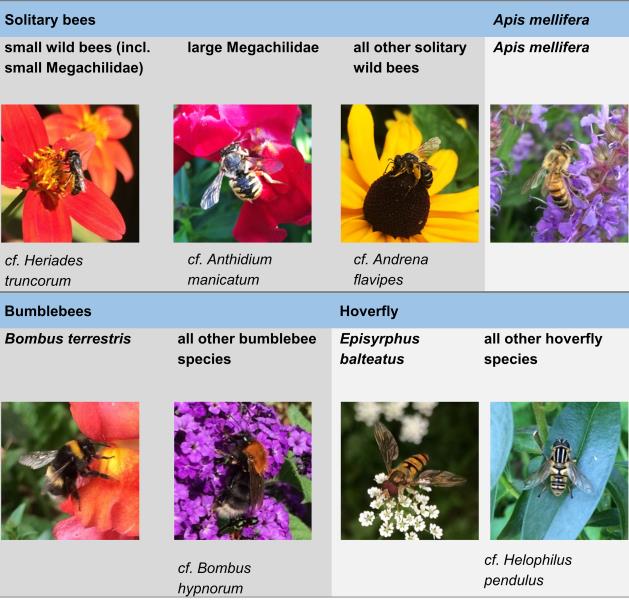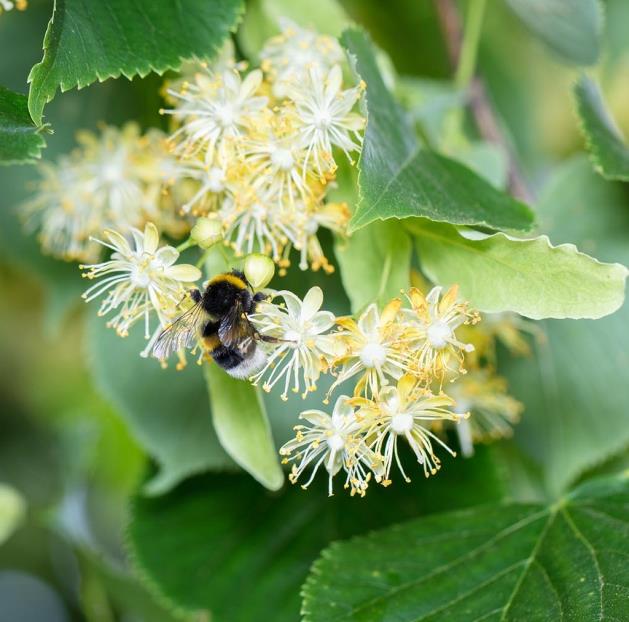Green infrastructure in cities may serve as a refuge for insect pollinators, especially in the light of an ongoing global decline of insects in agricultural landscapes.

The design and maintenance of urban green spaces play a crucial role for nesting and foraging opportunities. This study investigated the abundance and diversity of pollinator communities in different urban park types in designed, standardized vegetation units. They linked the visitation rates to the structural composition of the park types in flower beds and insect-pollinating trees. To gain a comprehensive under-standing of the interaction between plants and pollinators, the researchers calculated a plant-pollinator network of the recorded community in the investigation area. The urban community gar-dens had the highest abundance of pollinator groups comparable to a rural reference site. Tilia trees contributed significantly to the ecosystem service of pollination in investigated green spaces with a high supply of nectar and pollen during their flowering period. Recreational parks had comparably low visitation rates of pollinators. They recommend using near-natural design and maintenance to create a wide range of flower diversity. Parks in urban environments are key habitats for pollinators.
Citation and link to read the full article: Daniels B, Jedamski J, Ottermanns R, Ross-Nickoll M (2020) A “plan bee” for cities: Pollinator diversity and plant-pollinator interactions in urban green spaces. PLoS ONE 15(7): e0235492. https://doi.org/10.1371/journal.pone.0235492


